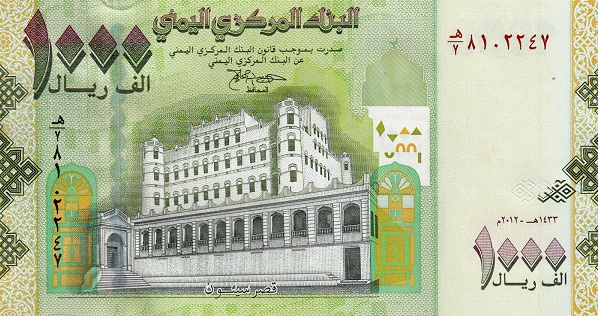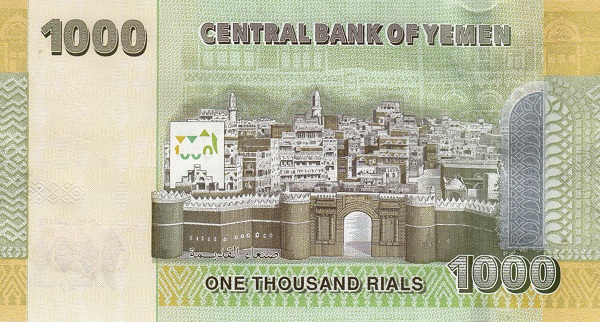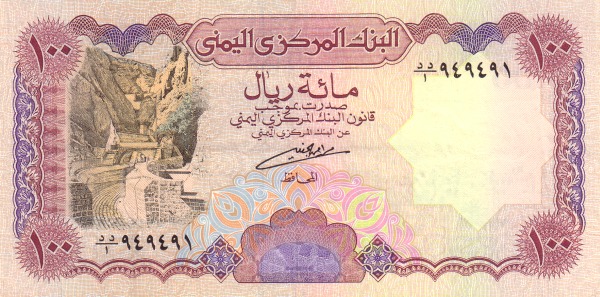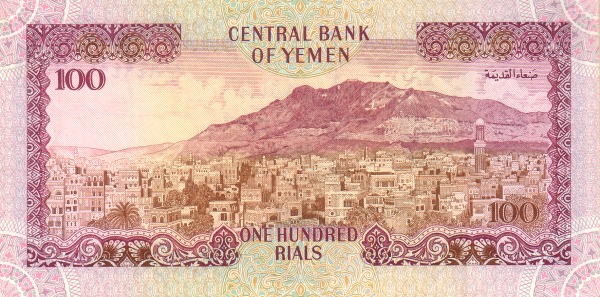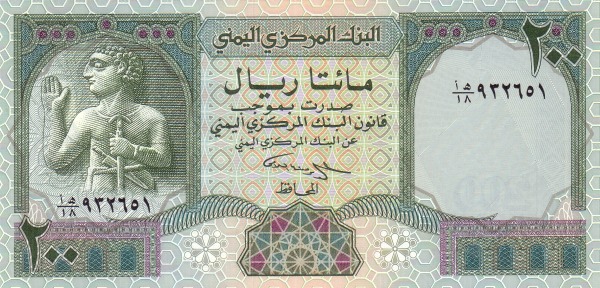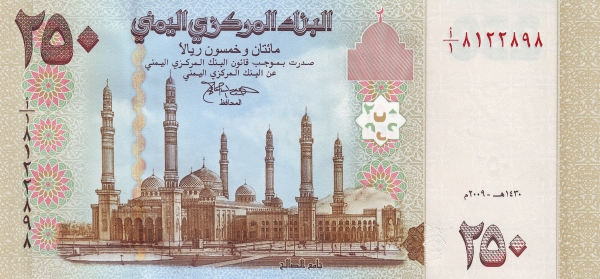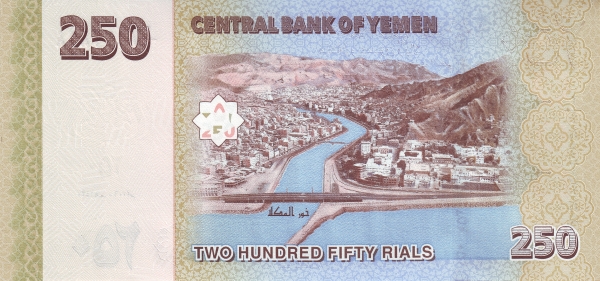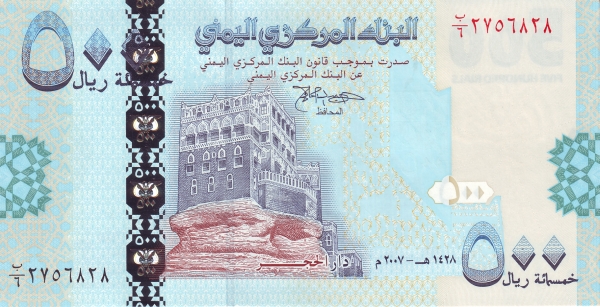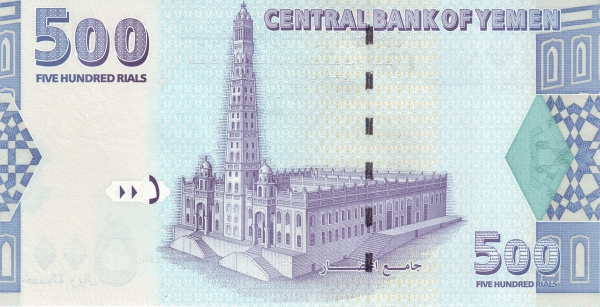Exploring Yemen: A Unique Country in the Arabian Peninsula
Yemen, a captivating desert country located at the southern tip of the Arabian Peninsula, boasts a rich history and culture. This Middle Eastern nation shares its borders with the Red Sea and the Bab-el-Mandeb Strait to the west, Saudi Arabia to the north, and Oman to the northeast. Moreover, Yemen has maritime boundaries with Djibouti, Eritrea, and Somalia, which enhances its significance in regional trade and geopolitics. Covering an expansive area of 527,970 km²—which includes the islands of Perim and Socotra—Yemen is comparable in size to Sweden, and it is approximately twice the size of Wyoming.
Population and Major Cities
With a populace estimated at 35 million, Yemen's demographic includes diverse ethnic groups. The largest city, Sana'a, once served as the nation's capital and lies in a picturesque mountain valley at an altitude of 2,200 meters. The Old City of Sana'a, renowned for its unique architecture, has earned the status of a UNESCO World Heritage Site, captivating tourists and historians alike. Meanwhile, Aden, Yemen's primary seaport, remains a vital economic hub. Arabic stands as the official language, uniting the populace linguistically.
The Religious Landscape of Yemen
Yemen's cultural identity is predominantly shaped by Islam, which comprises approximately 99% of the population. This strong affiliation with Islam influences many aspects of life in Yemen, from social structures to legal systems. Consequently, the religious significance permeates daily activities and community interactions throughout the country.
The Ongoing Crisis in Yemen
Despite Yemen's cultural richness, the situation within its borders remains dire, primarily due to ongoing conflict and escalating regional tensions. Recent de-escalation efforts, although well-intentioned, have not alleviated the suffering of over 18 million people—many of whom are women and children—who depend on humanitarian assistance. Disturbingly, malnutrition and food insecurity are on the rise, particularly in regions held by the Houthi movement. The continuous violence has already displaced millions, disregarding human rights and fostering instability.
The Houthis and the Fight for Control
The Iran-backed Houthis, also known as Ansar Allah, exert substantial control over the northern territories of Yemen. Their stronghold rests in the capital, Sana'a, which they captured in 2014. Furthermore, the Houthis dominate key northern regions such as Sa'ada, their historical base, and significant portions of Al-Hodeidah, located along the western coast. Their influence complicates any attempts at achieving peace and stability within the nation.
The Yemeni Government's Current Status
On the other hand, Yemen's internationally recognized government, led by President Rashad al-Alimi, operates from Aden, a bustling southern port city. Following their expulsion from Sana'a, the government established Aden as their temporary capital. This government maintains a degree of influence over the southern and eastern regions, including Marib—a vital battleground rich in oil resources. These dynamics emphasize the complexity of governance in Yemen amidst an ongoing civil conflict.
A Brief Historical Overview
You may find Yemen's history quite intriguing. North Yemen gained independence from the Ottoman Empire in 1918. Meanwhile, the British withdrew from South Yemen in 1967, having established a protectorate around Aden in the 19th century. Just three years later, the southern government adopted a Marxist orientation, leading to significant tensions between the two regions. A massive exodus of hundreds of thousands of Yemenis from the south to the north exacerbated hostilities that lasted for two decades. Ultimately, the two regions unified as the Republic of Yemen in 1990, although a southern secessionist movement in 1994 faced rapid suppression. In 2000, Saudi Arabia and Yemen agreed on a border delimitation, which further shaped the geopolitical landscape.
Yemen's Environment and Geography
Geographically, Yemen rests in a unique location surrounded by the Arabian Sea, the Gulf of Aden, and the Red Sea, nestled between Oman and Saudi Arabia. The country features a mountainous interior, bordered by arid deserts and a flat, sandy coastal plain. This diverse geography significantly influences Yemen's climate, which varies across regions. In the mountainous areas, temperatures remain temperate, while the more arid zones experience extreme heat and minimal rainfall. Coastal regions often find themselves humid and welcoming.
People and Economy
The population of Yemen consists mainly of Arabs, with smaller communities of Afro-Arabs, South Asians, and Europeans. The real GDP per capita estimates stood at around $2,500 as of 2017, reflecting the country’s economic struggles. Agriculture plays a vital role in the economy, with key products including coffee, cotton, fruits, and vegetables. Special mention goes to Qat, a shrub that contains natural amphetamines and holds cultural significance in Yemen, often used during social gatherings.
Natural Resources and Industries
Yemen is endowed with natural resources such as oil, natural gas, fish, and seafood, along with minor deposits of coal and copper. The economy primarily hinges on crude oil production and petroleum refining. Additionally, small-scale industries include cotton textiles, leather goods, food processing, and handicrafts. The country's exports primarily consist of crude oil, coffee, dried fish, and liquefied natural gas, with key trading partners including China, Thailand, and India. On the imports side, Yemen relies largely on food, machinery, and chemicals, with China being a significant supplier.
In conclusion, Yemen presents a landscape marked by both profound historical significance and contemporary challenges. The blend of its rich culture, geographical diversity, and ongoing conflict makes Yemen a country of interest for many. Those who seek to understand Yemen must look beyond the headlines to appreciate the resilience and identity of its people amid adversity.
Largest cities of: Yemen
| City Name | Population | Year of foundation | |
| Sana'a | 2,000,000 | 2000 B | |
| Aden | 800,000 | ca. 1000 B | |
| Taiz | 600,000 | 2000 B | |
| Al Hudaydah | 500,000 | 1761 | |
| Ibb | 400,000 | one thousand B | |
| Mukalla | 300,000 | 1039 | |
| Dhamar | 250,000 | 2nd century B | |
| Al Bayda | 200,000 | 1800s |
Yemen: Money
